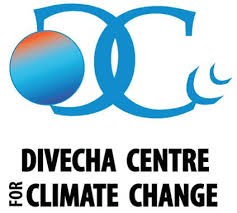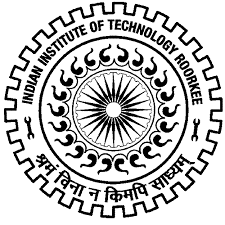The Indus River Basin feeds the world’s largest system of irrigated agriculture, supporting over 300 million people across India and Pakistan. Demand on freshwater in this region is growing, and climate change poses a serious threat to the water supply. Gaining a better understanding of the regional water variability in the Upper Indus Basin is critical for informing policy.
The Indus river system is fed by snow and glacier melt and precipitation. In recent years, the snow cover and glaciers have shrunk dramatically. As well as this environmental change, population growth, industrialisation and urban development are putting pressure on water resources in the region.
At present, the Upper Indus region is data-starved and poorly modeled, leading to large uncertainties around future water availability. This project aims to establish how much water is stored within the region’s ice reserves and understand the regional-scale precipitation patterns. This information will provide policy makers with the scientific information necessary to develop effective water management plans.
BAS scientists will use their airborne radar expertise to measure the thickness and volume of the glaciers, using helicopter-mounted low-frequency radar. The airborne survey will provide a comprehensive assessment of how much water is stored within the system.
Researchers will also develop a new high-resolution regional atmospheric model to understand the present-day climate system and its influence on the hydrological cycle in the region. This will help to predict how future climate variability may influence water availability.
The team aims to identify key stakeholders from policy, civil society and the private sector, and assess current knowledge gaps to help inform future water management, climate plans and development policy in the Himalayas.
This project is supported by the UK Government. Find out more about how we are applying our polar expertise to support overseas communities here.
This is a collaboration with multiple partners including:








National Centre for Polar and Oceanographic Research, Goa, India,
To deliver a better understanding of present and future water resources in the Upper Indus region by:
- Completing the first glacier-wide measurements of Himalaya ice volume. This will pave the way for comprehensive surveys on the river-catchment scale that will greatly reduce uncertainty in predicted summer river flows.
- Launching various cloud instruments attached to meteorological balloons to investigate cloud microphysical properties. These measurements will help to assess and improve hydro-meteorological modelling/forecasting over the Himalaya.
- Running a high-resolution regional climate model over the Upper Indus Basin for the present-day (last 40 years). This will provide information on the spatial and temporal patterns of precipitation and the atmospheric processes that underpin the hydrological cycle.
- Using global climate model projections with present-day precipitation data to obtain values that are representative of a future climate.
- Undertaking a systematic stakeholder mapping and horizon scanning exercise to inform knowledge needs for future policy and practice in water, climate and development.
22 April, 2022
A new study featuring contributions from British Antarctic Survey (BAS) scientists has identified 100 pressing research questions on climate change and water resources in the Upper Indus Basin (UIB) that must be answered to protect the communities that live there.








